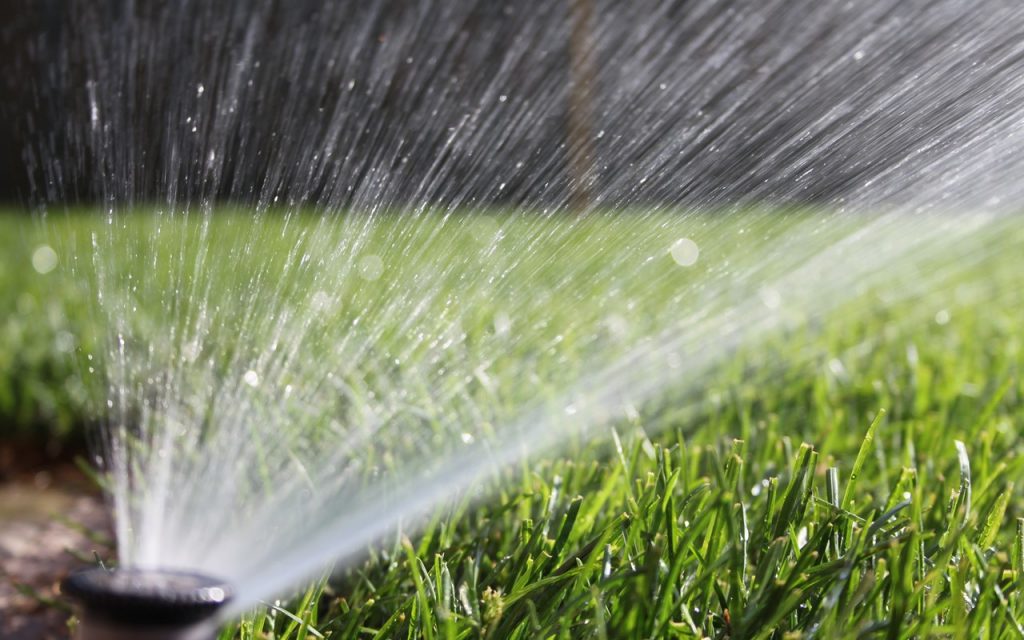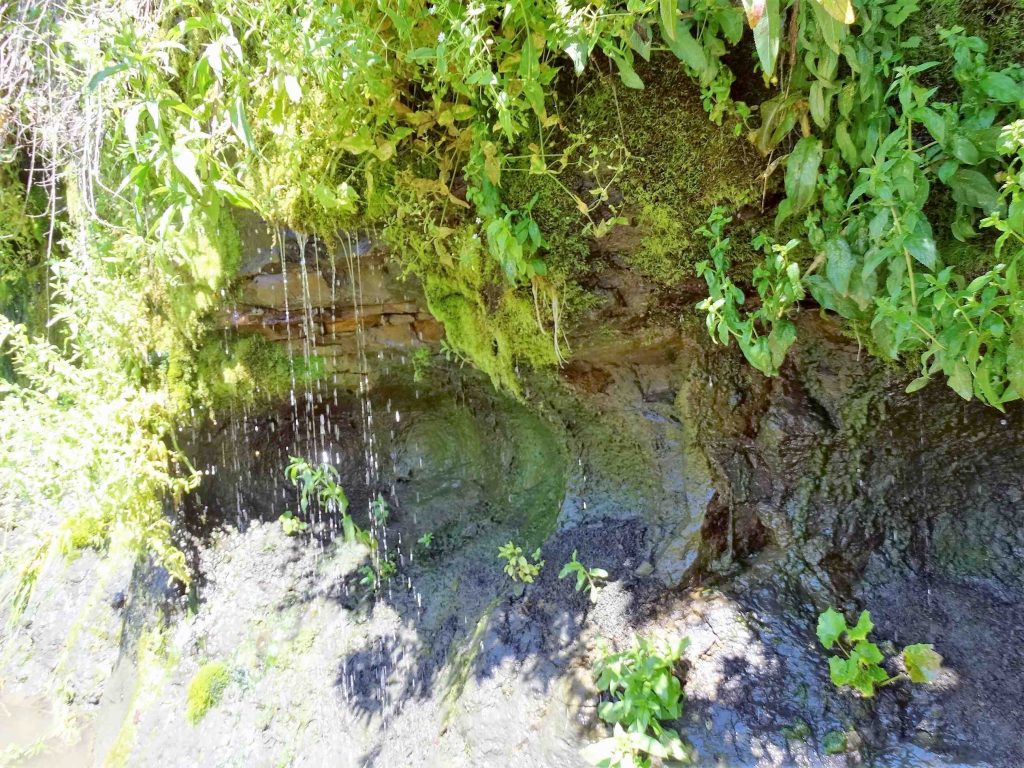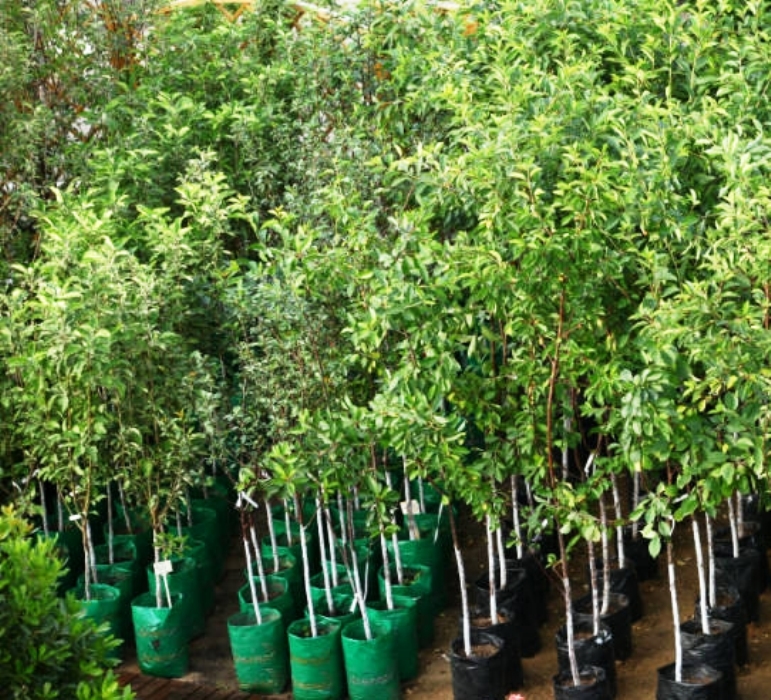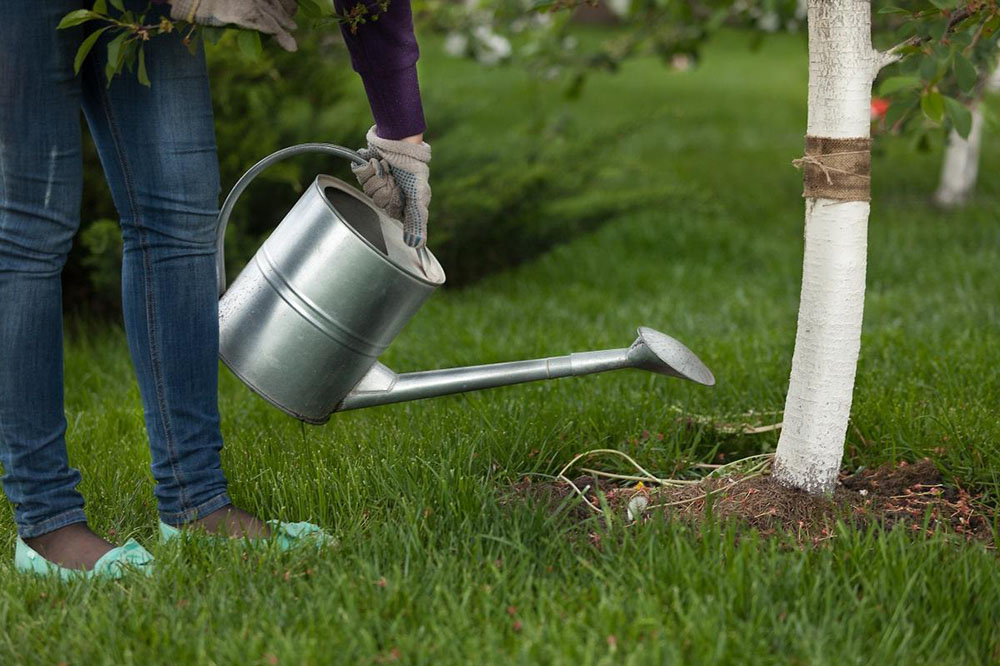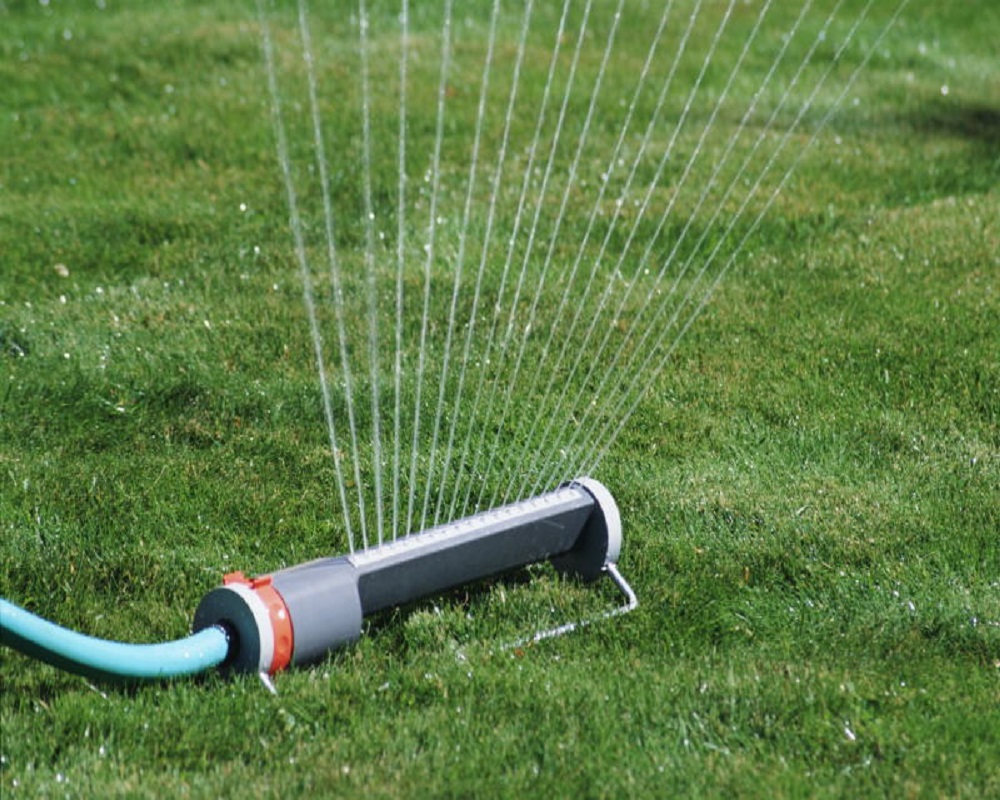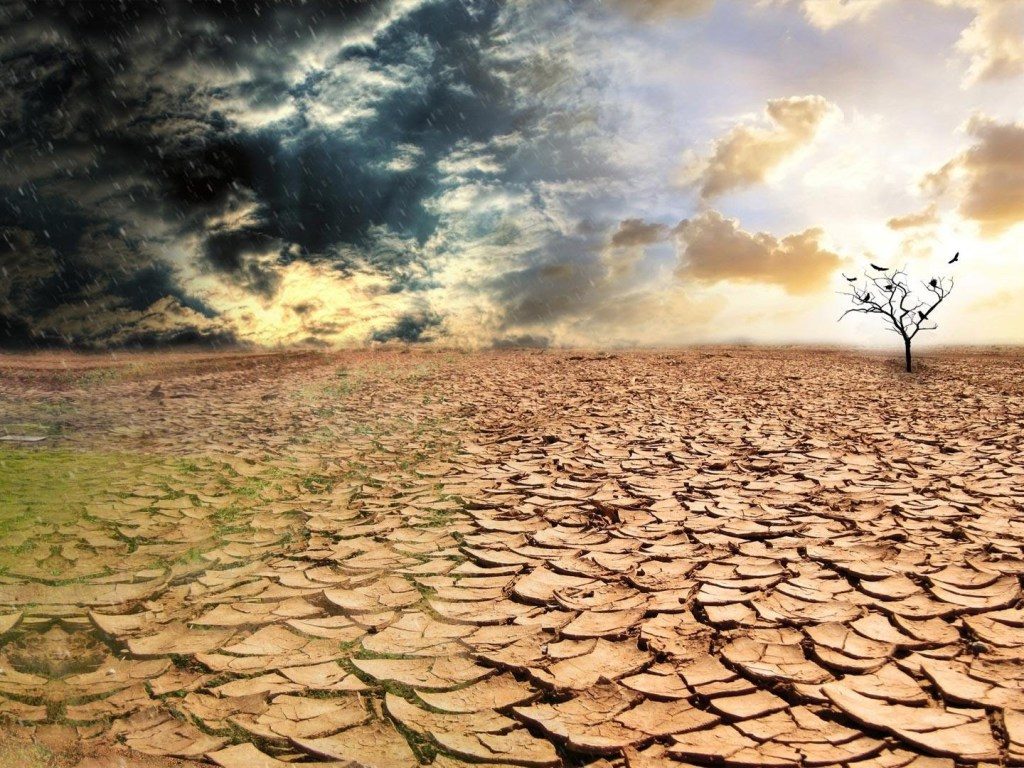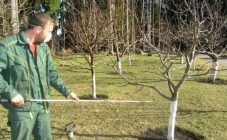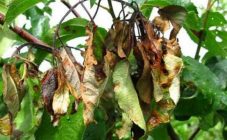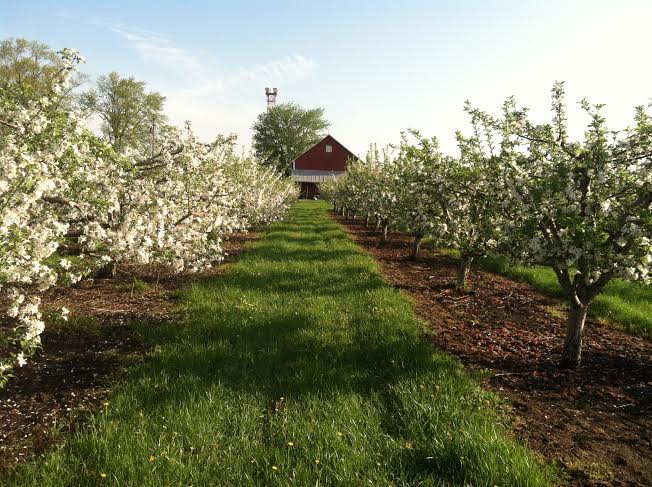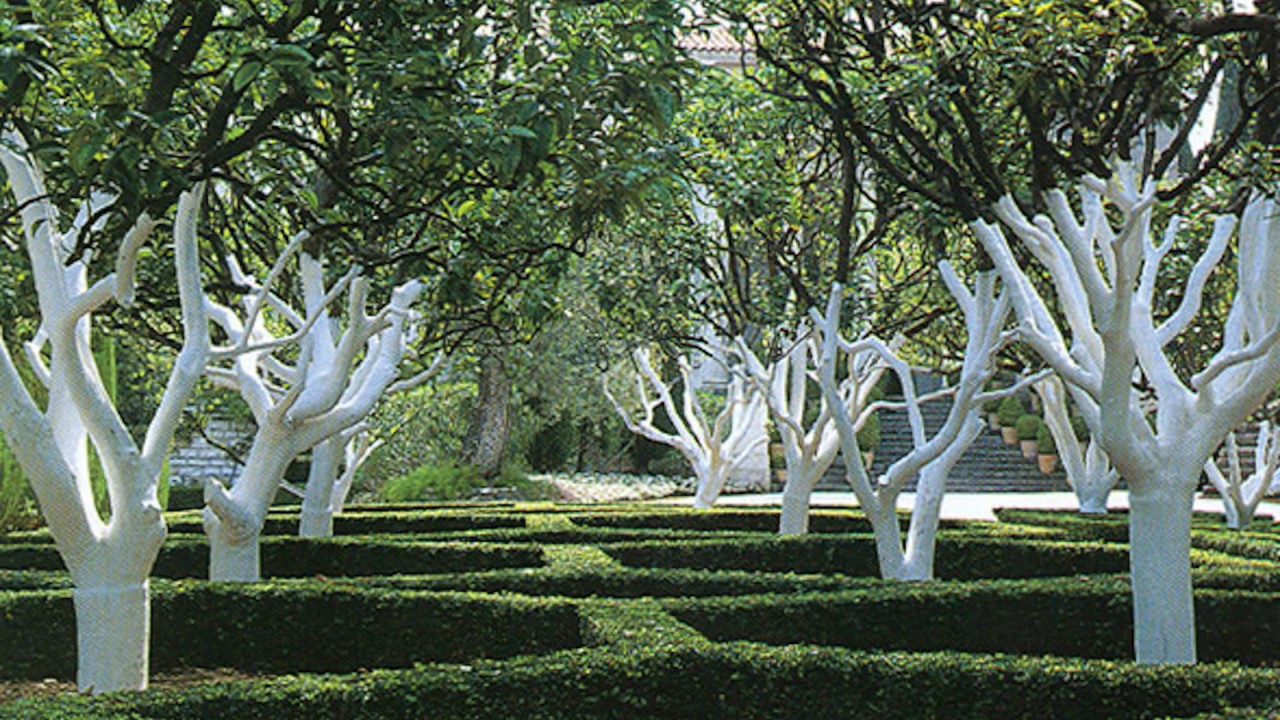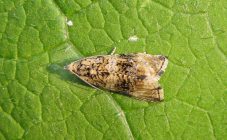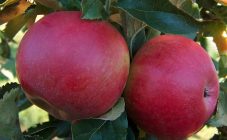Content:
Any plant in the warm season needs moisture. Trees are no exception and also require watering. Watering fruit trees is a very important event that should not be neglected. However, before moistening the soil near the trunk, you need to familiarize yourself with the basic rules of watering so as not to harm the plantings.
A young seedling needs watering directly when planting. In the future, systematic soil moisture will allow the young tree to quickly take root, develop correctly and prepare for the formation of the first fruits. By watering fruit-bearing trees, you can achieve a plentiful and high-quality harvest.
Watering before and after flowering fruit
As soon as spring comes, you should take care of your garden. Spring watering is just as important as summer watering. Experts have developed a number of recommendations regarding the timing of spring and summer watering, which will help inexperienced gardeners to properly and timely moisten the soil near the trunks of fruit trees.
- In the middle of spring, when the buds begin to bloom, the trees need moisture. In this case, it is important to moisten the near-stem circle, without waiting for leaves to appear and the plant begins to bloom.
- The next watering of fruit trees will need to be carried out 14 days after flowering ends, which will help to prevent the ovary from falling off due to dry soil.
- Several weeks before harvesting begins, the garden should be flooded with water a third time.
- In arid areas, experts advise to carry out intermediate watering.
Adhering to the basic recommendations regarding watering fruit trees, you can get a weighty and high-quality harvest.
How much water should be put under the trunk at a time so as not to cause root rot. When moistening, it is very important to observe the irrigation rates, they change depending on the age of the crop:
- It is enough for seedlings to add about 40-45 liters of water.
- Five-year-old trees will need more than 60 liters for watering.
- 10-year-old plantations need 130-150 liters of water. Old trees require 40 liters of water for each square meter of the near-stem circle.
In addition to compliance with the standards, it is necessary to take into account the composition of the soil in the garden area. In sandy soil, experts recommend increasing the number of irrigations, but slightly reducing the amount of water poured under the trunk at a time. For a clay substrate, on the contrary, in one approach pour more water than indicated in the norm, and reduce the amount of sprinkling. It is also worth paying attention to the landscape feature of the garden plot. On slopes, water drains quickly and the crop may receive less moisture.
Watering when replanting trees
After transplanting a seedling, it is very important to water it. In this case, it does not matter at all what time of year the transplant was made. The first irrigation of the soil near the tree trunk contributes to the saturation of the seedling with moisture and compaction of the soil around the root of the crop. That is why it is unacceptable to simply pour water from a bucket under the seedling and watch how it spreads throughout the entire plot.Experts recommend installing a sprinkler near the tree and leaving it to work for about 1-2 hours with a low pressure. It is very important to pre-adjust the area to which the water will be supplied. It should not spray beyond the trunk circle.
In cases where there is no running water nearby, you can water the tree using a watering can. To do this, you will need to pour the same 2 buckets of water under the seedling.
When watering seedlings when transplanting, it is important to observe the following recommendations:
- In the case when after planting the weather is hot and no rain is observed, it is very important to systematically independently moisten the soil under the tree trunk. Until the soil in the planting pits becomes dense, it is better to irrigate with a sprinkler. Then you can simply water the seedlings with a hose. If you ignore watering, the seedling will not take root during the dry season.
- In moderately rainy weather, watering of plants is required only when the soil is very dry.
- In the rainy season, nature will independently cope with soil moisture.
- In the first months after planting, it is recommended to water the crop every 5-7 days, including the sprinkler for 90-120 minutes at low pressure.
- Once the culture has been planted, a hole should be built around the circumference of the tree, equal to the diameter of the hole. The surface of the bottom of the hole should be straightened, which will allow the water to be evenly distributed over the hole. The first time the seedling is filled with 3-4 buckets of water. Watering the seedling immediately after transplanting allows soil to envelop the roots and facilitates their settling.
- As soon as the water is absorbed by the soil, the trunk circle is loosened up and mulched with manure or rotted straw. In the absence of such materials, you can simply sprinkle the surface with dry soil.
Watering in summer
Most novice gardeners are interested in how often to water fruit trees in summer. In hot summer, any plant needs abundant watering. Trees are no exception. It is in the summer that they actively grow, the crop is formed and the flower buds are laid for the next year. The moisture content of the soil during this period should be kept under constant control.
How often to water the fruit trees in the summer so as not to harm the plants? There are a number of recommendations that must be followed.
Apple trees and pears, the recommended period of watering in summer:
- Pears and apple trees in the fruiting season need abundant watering in early summer (June 5-10).
- Pour the tree for the second time already at 15-20 days of July in order to facilitate the pouring of fruits and the laying of flower buds. The fruit in this case will grow juicy and large.
- The next time apple and pear trees are poured in the last days of August. The third stage of humidification is especially important during prolonged dry weather.
Plums, cherries and cherries: recommended summer watering times:
- For the first time after spring, fruit trees are abundantly flooded with water in early June. Cold soil must be filled with cool water.
- In mid-June, trees are watered with water that contains chalk (3 tablespoons per 10 liters of liquid). This will help not only to moisten the soil, but also to avoid the abundant fall of the ovaries.
It is better to water more abundantly and less frequently than daily, but in small doses.In addition, it is recommended to loosen the near-stem soil with a hoe so that a hard crust does not form. It is advisable to adjust to the weather conditions and water the fruit trees when it rains. This promotes the physiological acceptance of moisture, the culture will grow more actively than when watering on sunny days.
Do not rely on natural watering. Short summer rains are not able to fully saturate the trees growing in the garden with moisture.
How to properly water trees in summer
The older the plant, the more abundantly it should be poured. There are several ways to water:
- Surface. In this case, the filling of the trunk circles is meant. This method will require grooves around the trunks with bowls that resemble bowls. The diameter indicators change every year depending on the diameter of the crown. If the trees grow close, you can dig 25 cm furrows and use a hose to fill them with water. After the liquid has been absorbed, the furrows can be filled up.
- Sprinkling method that allows you to moisten not only the soil, green mass, but also the air around the plantings. In this case, an important role is played by ensuring a constant pressure of water sprayed like water suspensions. Sprinkling is excellent on slopes. It does not erode the top soil layer, which is considered the most fertile. The only drawback of the method is considered cost, since you have to purchase special equipment. Watering equipment will pay for itself in the future, helping to achieve more fruit yields.
- A method of subsurface irrigation, when water is supplied through a pipe laid in the ground directly to the root of the plant. The advantage of this technique is considered to be water saving (consumption is reduced by almost 60%). However, laying the pipes will require not only finances, but also physical strength. By watering with this method, you don't have to worry about cutting furrows and loosening the soil.
Thanks to systematic summer watering, it is possible to provide plantings with mineral elements and moisture. However, it is important to ensure that the soil is only wet and not waterlogged. Otherwise, the root system will suffocate from moisture.
Additional watering rules and recommendations
- Watering this or that shrub with rain installations, it is necessary to control the time so as not to overmoisten the soil. This can provoke rotting of the root system and the death of plantings. As a rule, drying open foliage will indicate problems with the roots. As soon as such signs appeared, it is urgently necessary to loosen the soil around the trunk. With an excess of water, this will facilitate the access of air masses to the root system and the plantings will be given the opportunity to recover.
- In the second year after transplanting the plant, it must be watered as needed. The method of watering does not depend on the period of fruit ripening. In the absence of natural precipitation for a long time, the soil can be moistened more often than indicated in the recommended periods. An important indicator for an urgent flooding of soil will be a strong dryness of the earth, if it is dug with a shovel.
- Sprinkling is very convenient for moisturizing seedlings in hot and dry weather. In this way, plants should be watered on cloudy days, before sunrise or in the evening. When sprinkling under the hot sun, water droplets will help focus the sunlight and the green mass of plantations will get burned. The heat of the sun causes irreparable harm to a wet plant. Sprinkling is often carried out in the spring as a preventive measure before a possible return of frost. Such processing allows to increase the resistance of the crown without foliage to a sharp temperature drop. It is best to flood the plant for prevention purposes for one night before dawn. The process is long, but very rewarding.
- Adult trees, which are more than 15 years old, need not only irrigation, but also simultaneous feeding. It is best to make deep holes in the soil and cover the fertilizer poured deep into the soil with soil. By installing sprinklers, you can connect the water. It is very important that the water is evenly distributed over the near-wellbore depression. You can also apply organic fertilizer by placing it in a dug trench around the perimeter of the near-stem circle. The manure laid in the trench should be covered with a layer of soil. Watering after this should be done either with a watering can or by sprinkling.
Timely and proper watering of seedlings will help to grow a healthy tree that will delight you with a good quality harvest and will not be susceptible to most ailments.
